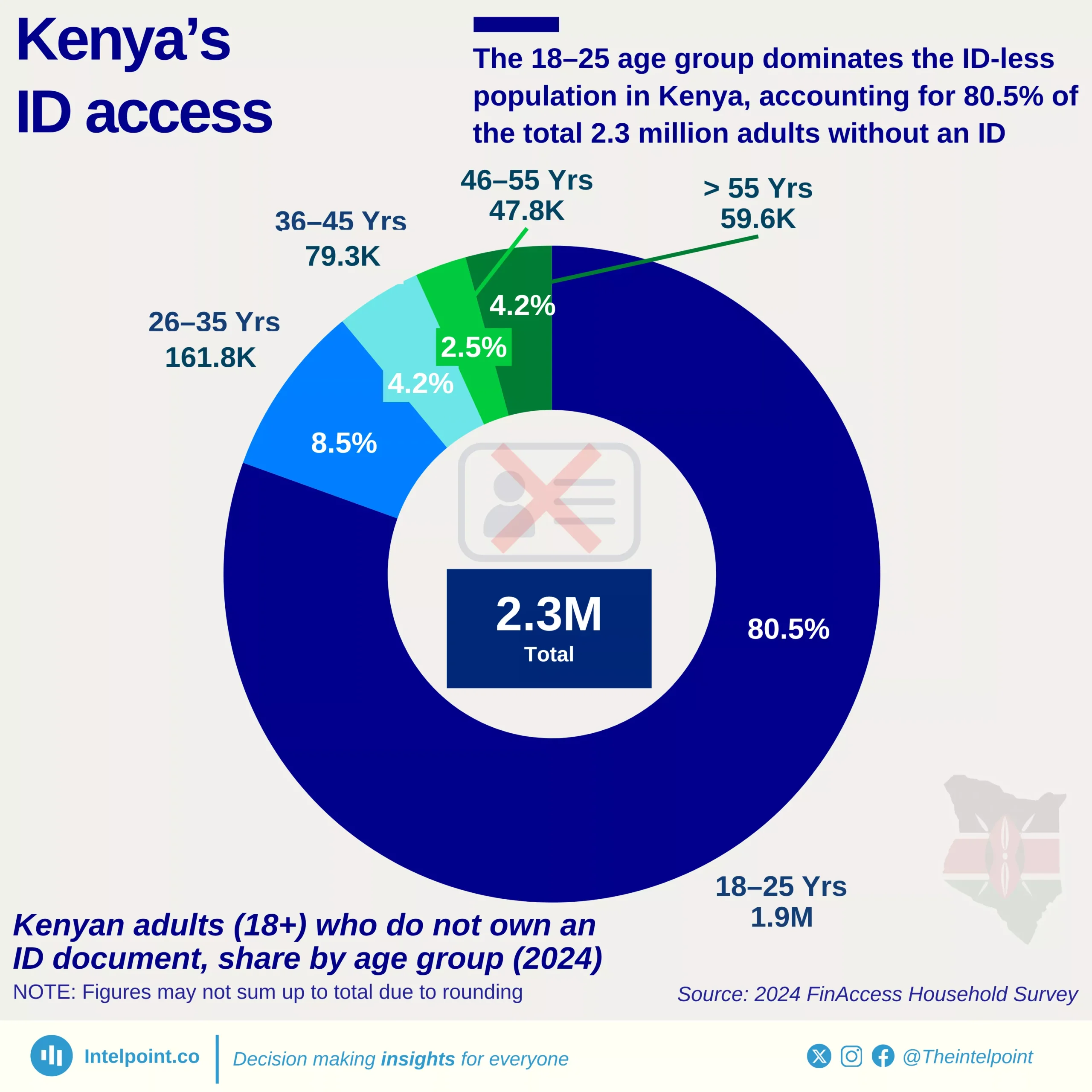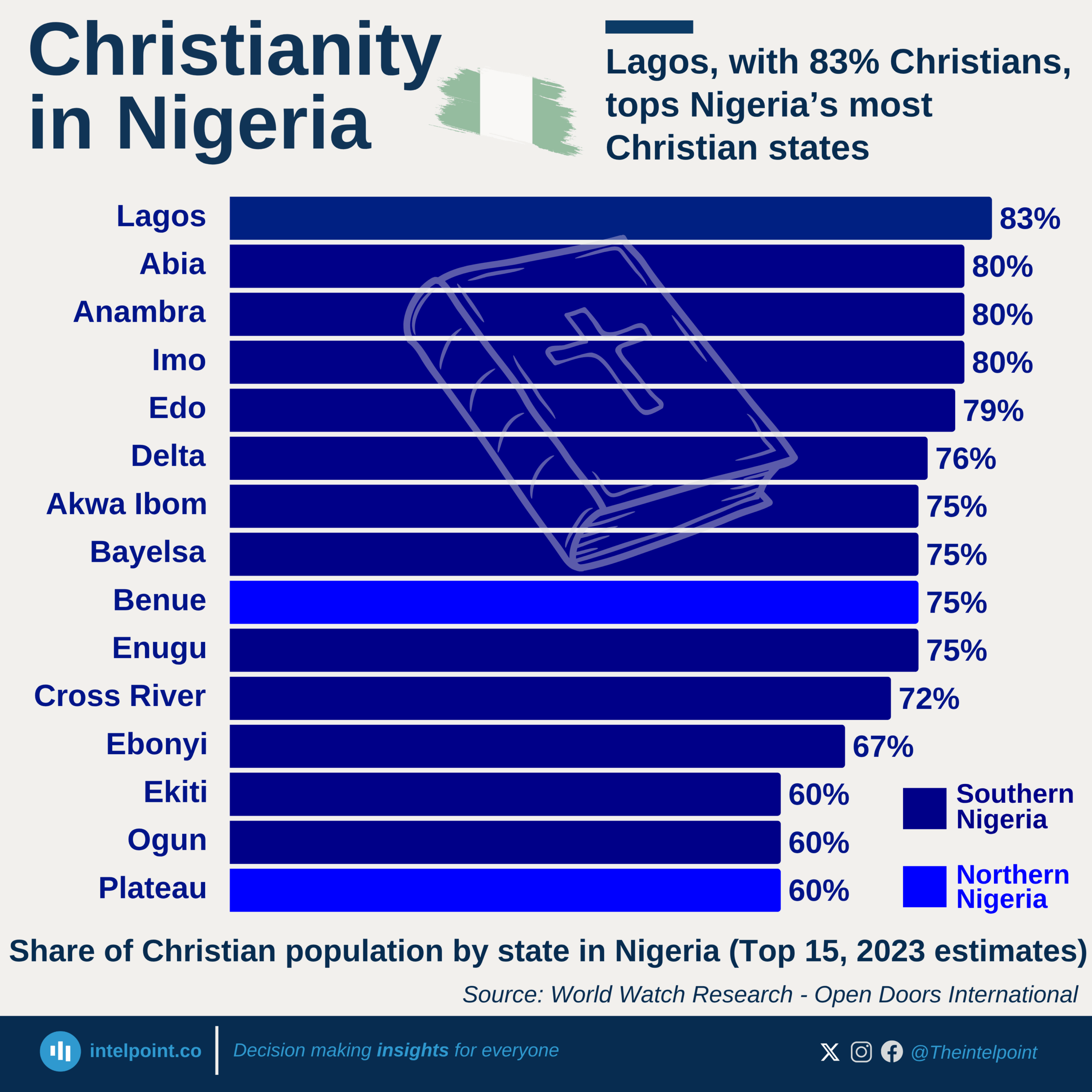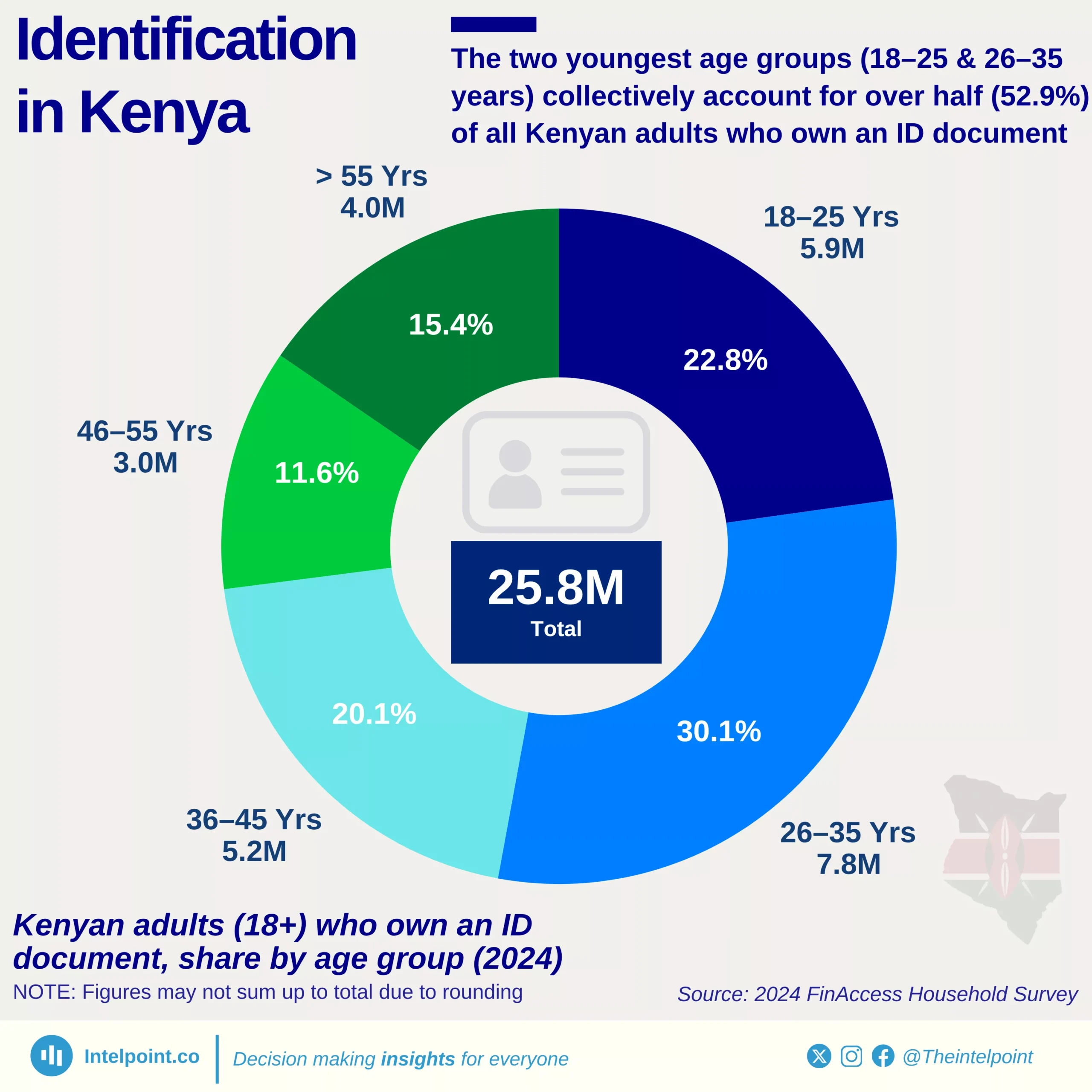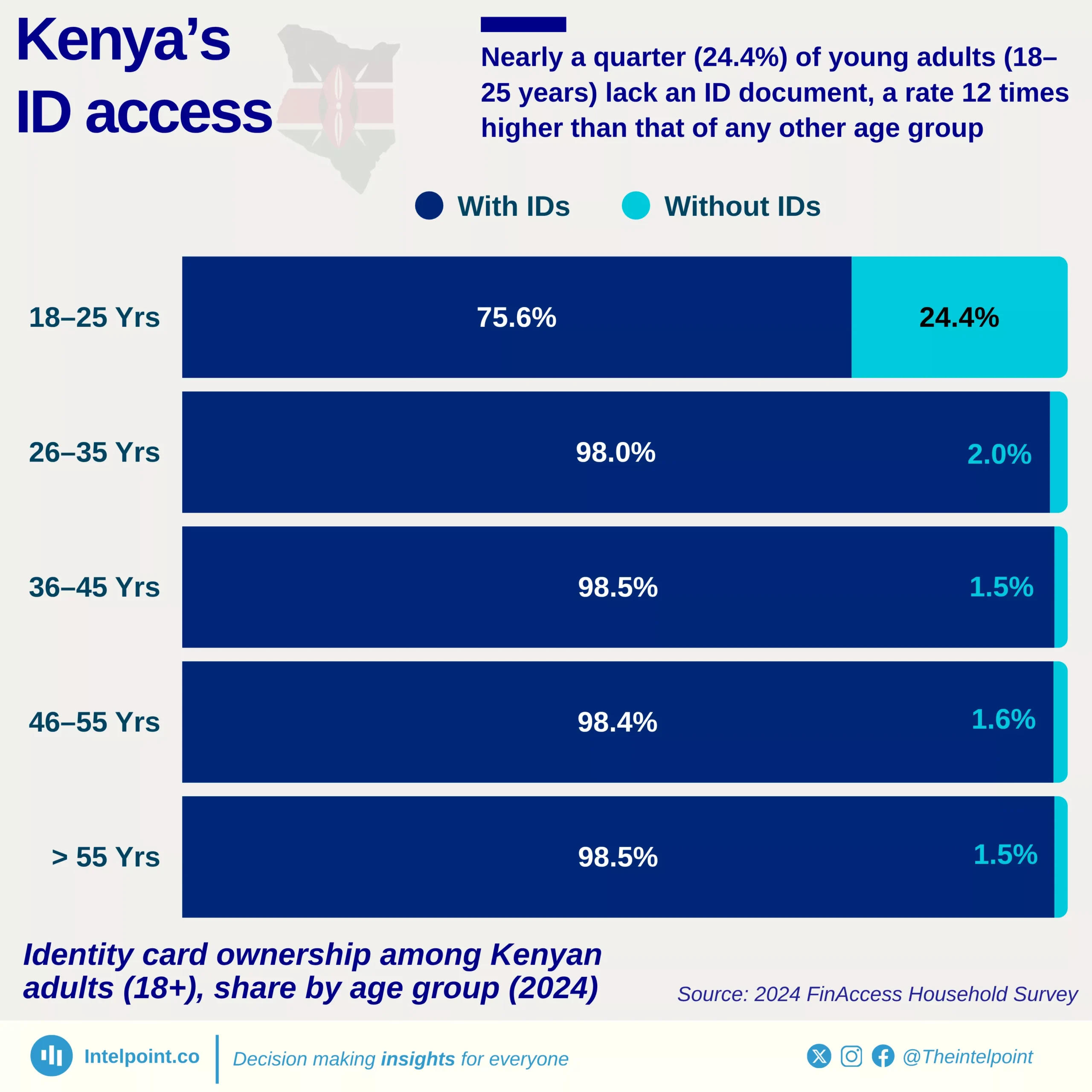Only a small share of workers under 30 spend more than three years with a company. This trend changes with an increase in age range and explains why employees in Nigeria above 40 are more likely to remain with a company for extended periods than younger workers.





